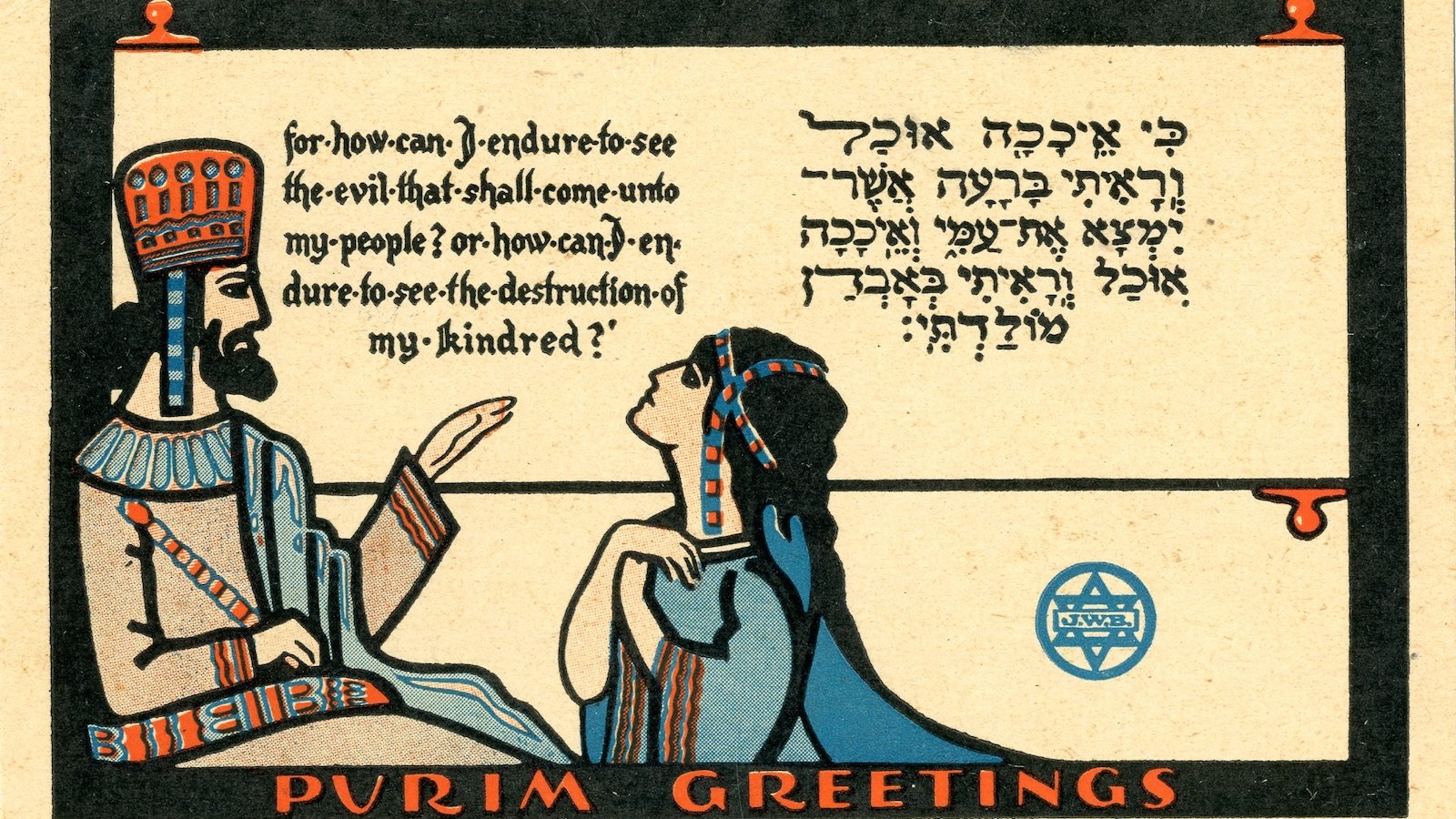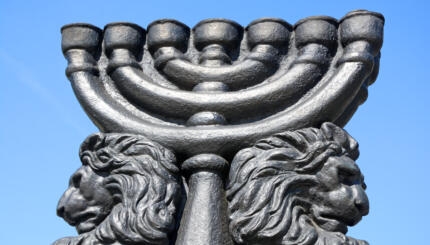Josephus‘s paraphrase of the Esther story in The Antiquities of the Jews, Book II Chapter 6, also in Greek, may be considered a third Greek account, or interpretation, written somewhat later (in the first century CE, about a century after the Septuagint–a Greek translation of the Bible–and the third version, a shorter narrative known as the Alpha- text).
Drawing on the Septuagint and on the Jewish exegetical works of his time (probably the Targum), Josephus retells the story in a way that served his own agenda. As L. Feldman points out, in The Antiquities Josephus tries to show the biblical precursors of the themes and personalities that he discussed in his Jewish War.
As a Jewish apologist, he sought to make Jewish values appear congruous with Greco-Roman values. He was especially concerned with combating the anti-Jewish stereotypes of his time and showing the Jews as tolerant of other religions. He therefore omits or minimizes details in the story that might make the Jews seem misanthropic or intolerant. For instance, he makes a strong point of identifying Haman as an Amalekite (the term is not used in the Masoretic Text or in the Septuagint) so that he can attribute Haman’s hatred of the Jews to a family feud or personal grudge, rather than to the Jews’ distinctiveness or misanthropy or to an eternal Jewish-gentile conflict.
Josephus’s concern for law and order is manifest in his portrayal of Ahasuerus (who is in general more positive than in the Masoretic Text) as extremely law-abiding. Ahasuerus could not take Vashti back because the law forbade it. Vashti’s refusal to appear before the king is attributed to a law that forbade women to be seen by strangers. Mordecai refused to bow to Haman because the laws of his own people forbade it.
With your help, My Jewish Learning can provide endless opportunities for learning, connection and discovery.
In other words, the motif of the Persian legal system, which in the Masoretic Text takes on elements of parody, is used and amplified by Josephus in a more serious and positive manner so as to conform with the Greco-Roman esteem for law and legal systems.
Like the Septuagint, Josephus adds romantic and dramatic elements to the story. His treatment of the scene in which Esther approaches the king unbidden is similar to the Septuagint’s. Later, when Esther reveals that Haman is the enemy, Ahasuerus runs out of the room hastily because he is so perturbed. Upon returning, he calls Haman a “wretch, the vilest of mankind.”
The many differences between Josephus and the extant versions of the story raise the question of whether there were different texts of the story in circulation that have not survived. Whether or not there were, it is clear that surrounding the Esther story there was, from early times, a body of interpretive lore that found its way into the Greek versions and Josephus, and, as we shall see, into rabbinic exegesis as well.
Excerpted with permission from The JPS Bible Commentary: Esther published by the Jewish Publication Society.



